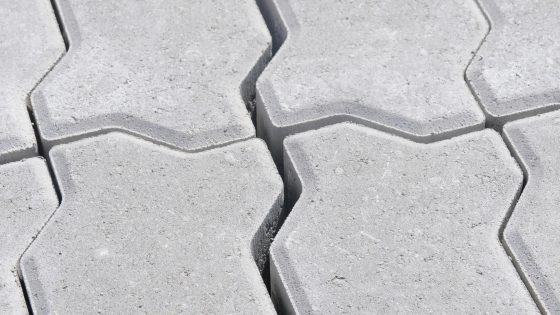Larger numbers of Toronto seniors are opting to stay in their own homes as they age. Whereas in the past, elderly parents might have moved in with their grown children or moved into a senior’s residence, a large majority will opt to retain as much of their independence as possible by remaining in their own home. However, as parents age, they will need to have their homes retrofitted to better accommodate their changing needs. From negotiating staircases to safely using the bathroom, there are certain consideration that will have to be taken into account in order to help them retain their independence and dignity for as long as possible.
Falls are one of the major reasons seniors are forced out of their homes. Stairs, bathrooms, kitchens and even bedrooms can be hazardous if not proper set-up. The first thing to remember when it comes to retrofitting your home for a senior is to get rid of all loose carpeting and/or throw rugs. If there is any carpeting in the house, make sure that it is securely nailed down and be sure to get rid of any throw rugs.
Install secure railings along stairwells. If you have the funds, it is worth investing in an electric chair lift to get up and down stairs. If stairs have become too much of a problem, then consider moving your seniors bedroom to the same level as the kitchen and living room – as long as there is also a bathroom available on the same floor. Keeping all living quarters on the same level reduces one hazard in the form of steps.
To secure a bathroom make sure that the toilet bowl has an adaptive seat, so that a senior will not get stuck sitting on the bowl until help arrives to assist them up. A higher, adapted seat with railings will reduce the need for outside assistance. Be sure to install secure bars inside the bathtub as well as grips for the feet to prevent slipping. Adding a seat in the tub that allows someone to sit is also a very good idea.
In the kitchen be sure to keep the most used utensils including pots, pans and dinnerware in easy to reach places that eliminates the need to lift to take down from a high place. Ensure that there are rubber gloves available to help open stubborn cans. Just make sure everything is accessible.
Another small fix that can definitely help a senior remain in their home is to change round doorknobs for lever style knobs, which are easier to use. Lastly, make sure that they are able to use whatever telephone they have – sometimes this means getting a model with extra big numbers or where all of the important numbers are programmed in.
Helping a senior stay in their home for as long as possible is wonderful, if you can manage it. However, safety is the first concern and if your senior is still falling, forgetting or unable to function in their home even after the retrofitting has been done, then you will likely have to consider a safer option for them – whether it is moving in with you or going into a senior’s facility.
Falls are one of the major reasons seniors are forced out of their homes. Stairs, bathrooms, kitchens and even bedrooms can be hazardous if not proper set-up. The first thing to remember when it comes to retrofitting your home for a senior is to get rid of all loose carpeting and/or throw rugs. If there is any carpeting in the house, make sure that it is securely nailed down and be sure to get rid of any throw rugs.
Install secure railings along stairwells. If you have the funds, it is worth investing in an electric chair lift to get up and down stairs. If stairs have become too much of a problem, then consider moving your seniors bedroom to the same level as the kitchen and living room – as long as there is also a bathroom available on the same floor. Keeping all living quarters on the same level reduces one hazard in the form of steps.
To secure a bathroom make sure that the toilet bowl has an adaptive seat, so that a senior will not get stuck sitting on the bowl until help arrives to assist them up. A higher, adapted seat with railings will reduce the need for outside assistance. Be sure to install secure bars inside the bathtub as well as grips for the feet to prevent slipping. Adding a seat in the tub that allows someone to sit is also a very good idea.
In the kitchen be sure to keep the most used utensils including pots, pans and dinnerware in easy to reach places that eliminates the need to lift to take down from a high place. Ensure that there are rubber gloves available to help open stubborn cans. Just make sure everything is accessible.
Another small fix that can definitely help a senior remain in their home is to change round doorknobs for lever style knobs, which are easier to use. Lastly, make sure that they are able to use whatever telephone they have – sometimes this means getting a model with extra big numbers or where all of the important numbers are programmed in.
Helping a senior stay in their home for as long as possible is wonderful, if you can manage it. However, safety is the first concern and if your senior is still falling, forgetting or unable to function in their home even after the retrofitting has been done, then you will likely have to consider a safer option for them – whether it is moving in with you or going into a senior’s facility.




